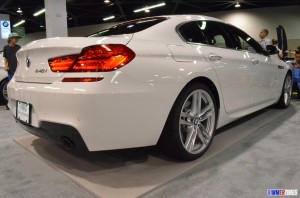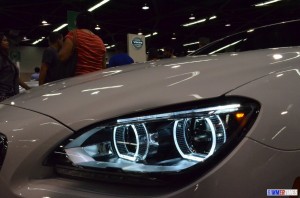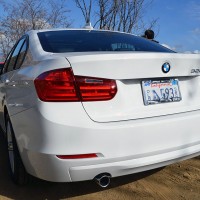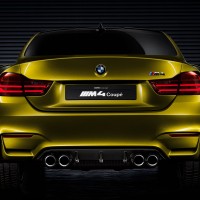Why do cars look so similar these days? Are automotive manufacturers copying each other?
Detroit Auto Show, New York Auto show, Paris Auto Show, Tokyo Auto Show, and Beijing Auto Show are breeding grounds for automotive spies. Car makers send their best development engineers to car shows to get the scoop on the latest car design ques of the competition. The key is to figure out what the competition is doing, then turn around to include key features in their upcoming models in the shortest time frame possible. Reason, reduce the competitive advantage of rival OEM vehicles.
Some people may argue that their market research leads them all to the similar designs?

In reality, it’s copying certain design details as well as reverse engineering… Reverse engineering is a common practice among car makers. As a product of one of the world’s top off-road vehicle manufacturers, it was part of our market research ahead of each new vehicle design or midlife redesign process. New vehicle shows were very beneficial to us as we were able to get a sneak preview on new advancements that could only be detected manually and visually. Hopping to get a jump start to reverse engineer new features with an added value to the end customer.
Car manufacturers will go to extremes to get their hands on the latest car model in a segment from their rivals. They either rent, buy, and even fly-in competitor vehicles to get a close-up look. Once the car is in their possession, a series of tests and measurements are completed by research and product development engineers collecting as much data as possible from vehicles. They start out with basic wheelbase dimensions, exterior dimensions, interior space, seating position, and general ergonomics.

They do everything from putting the car on a dyno measuring the true wheel horsepower and torque figures, to measuring the transmission and final drive gearing ratios. They even look at the suspension geometry in detail, measuring spring rates, bushing stiffness, and everything in between.
Figuring out how fun a car is to drive is not easy. A series of dynamic tests are conducted to measuring vehicle responsiveness to certain driver inputs. The sort of thing that a spec sheet could never tell. One of the latest examples of reverse engineering cases is the Cadillac ATS, in which they set out to build a midsize sedan to compete directly with the BMW 3 Series. They benchmarked the driving dynamics of the E46, the ergonomics of the E90, and the performance specs of the F30 3 Series. For a full comparison between these cars, read the article COMPARISON: 2013 Cadillac ATS Turbo VS BMW 328i Turbo.
When it comes to your choice of cars, would you rather have a reversed engineered car or the “original” one? The choice should be the original car, if there is such a thing as “original” these days.
[wzslider transition=”‘slide'”]







No Comments
Comments are closed.